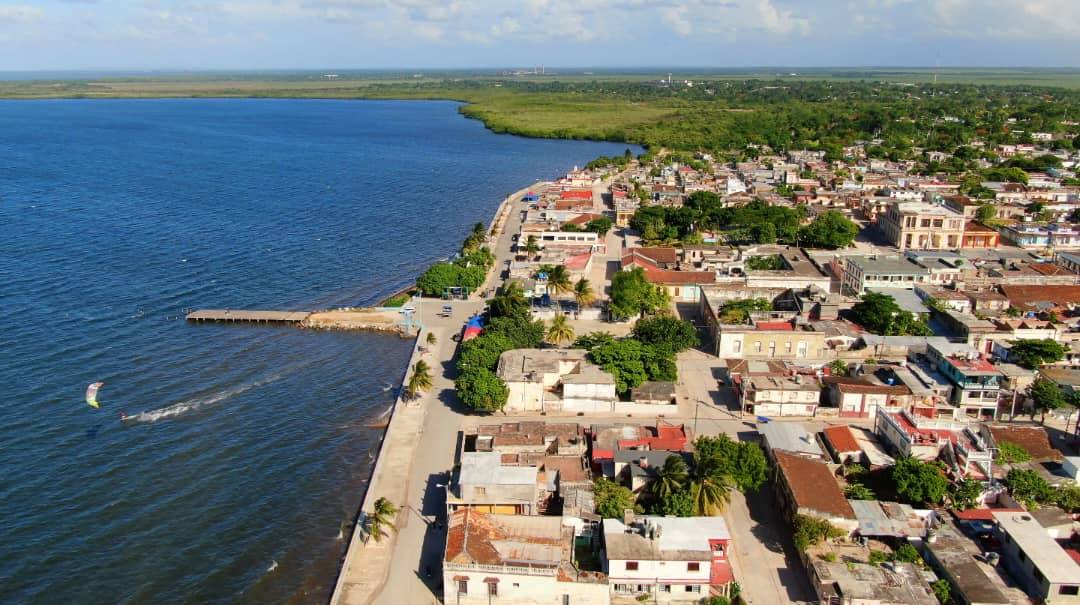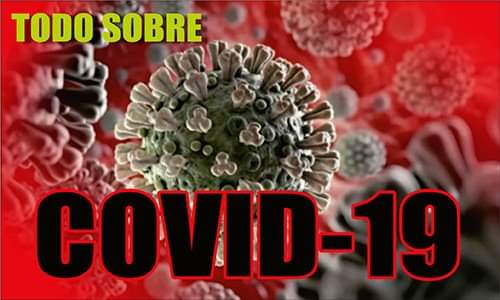
Here, the sea enters the land and diversifies the ecosystem by providing a rich variety of wild flora and fauna. Las Tunas, in the gorge of the green caiman that symbolizes Cuba, does not escape these geographical features: the bays.
Las Tunas, Cuba.- This eastern province, with its Caribbean stamp, is characterized by four important bays in the northern zone between the municipalities of Puerto Padre and Manatí, which have become paradisiacal views of the coastal relief.
One of the most significant and recognized is, without a doubt, the one that bears the name of the Villa Azul de Cuba, with a perimeter boardwalk that borders the city of the mills; in it, five other important communities converge Chaparra, Delicias, Cascarero, Socucho, and La Boca.
Its value is enhanced by its maritime and port potential, with the Puerto Carúpano sugar terminal; nearly, mangrove forests and at least seven rivers flow into its brackish waters covering 80 percent of the coastline.
Also located in the northern municipality, Malagueta is home to a complex ecosystem that protects more than 23,000 hectares of sea and land; endemic and migratory pink flamingos and ducks, as well as crabs, corals, and even manatees, make the site an enduring refuge for animal life.
Further northwest, the Manatee Bag Bay, considered among the deepest in the country, stands out for its beauty and diversity. At the entrance, like a stealthy guardian, perpetuates the lighthouse that once served as a guide to navigators of the Antillean Sea.
From there it has been possible to find important findings of aboriginal settlements and visitors are especially impressed by the existence of Chapaleta, a beach that enchants with the charm of its white sands and exuberant vegetation of red mangroves and yanks.
As a natural border between the provinces of Las Tunas and Camagüey, Bahía Nuevas Grandes limits the municipalities of Manatí and Nuevitas with a powerful and versatile coastal nature, which makes this place a true paradise for the protection and conservation of the endemic fauna.
It is home to the Isleta, a protected area with significant ecological reserves that treasures exotic species such as the coastal rosemary, different varieties of ebony trees, and mangroves that serve as nests for crocodiles, crustaceans, and manatees.
Las Tunas, at the gates of eastern Cuba, has the privilege of possessing those natural charms that make its unusual coasts an open-air Eden. Its bays are the shelter of existence, from the preservation of the amazing resources that inhabit them.






